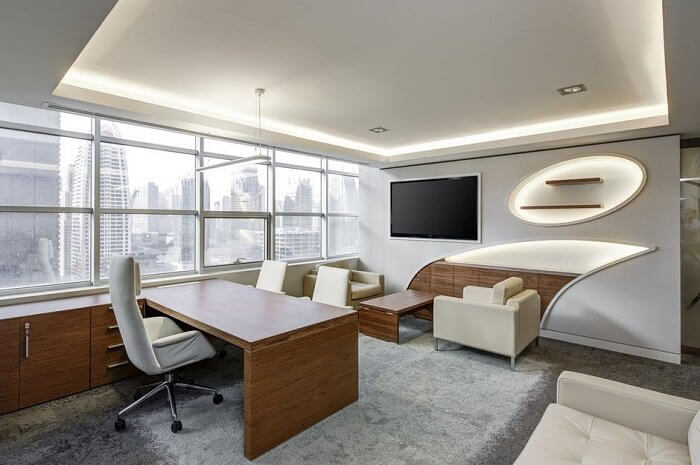The need for customized furniture has grown in the fast-paced world of interior design and home decor. The demand for furniture that represents personal appeals and businesses has resulted in a transformation in the way we design and create our living spaces. This shift is partly due to the incorporation of 3D modeling services into the furniture customization process. This article will examine how 3D modeling services are altering the business and providing numerous benefits to both consumers and manufacturers.
Growing Demand for Customized Furniture
Customized furniture is becoming increasingly popular in the modern interior design landscape. As customers aspire to personalize their living spaces, more than the mass-produced, one-size-fits-all approach is needed. Customized furniture allows people to express themselves by tailoring designs to their interests and needs. This rise in demand is being driven by a desire for uniqueness, functionality, and a break from standard, off-the-shelf solutions. It indicates a substantial shift in how we view interior decor and furniture buying.
Advantages of 3D Modeling Services in Furniture Customization
There are various and revolutionary benefits to adopting 3D modeling services in furniture customization:
Design Flexibility
Design flexibility is critical in the field of furniture customization. Customers can use 3D modeling services to bring their vision to reality by using the power of technology. Individuals can modify dimensions, styles, substances, and features to their preferences, making their home decor unique. Whether it’s optimizing the size of a sofa for a tiny living space or selecting the best cushion fabric, 3D furniture modeling services offer a diverse platform for transforming creative ambitions into actual, usable items that blend in with any décor.
Visual Clarity
A primary advantage of 3D modeling in furniture modification is visual clarity. Customers can acquire a precise picture of how their personalized furniture will look through thorough and realistic visualizations. It removes the ambiguity and uncertainty associated with traditional customizing methods, allowing clients to make informed choices regarding design, materials, and aesthetics. As a result, they have increased confidence that the result will completely fit with their vision, assuring satisfaction and lowering the danger of disappointment.
Cost-Efficiency
The use of 3D modeling in furniture modification has a significant cost-saving advantage. Manufacturers may optimize material utilization, eliminate waste, and improve production processes by developing precise digital representations of specific designs. This results in substantial cost savings for both producers and customers. Unlike previous approaches, 3D modeling minimizes errors and ensures that resources are used productively, resulting in cost-effective, unique furniture solutions that do not sacrifice quality.
Reduced Lead Times
3D modeling services are critical in shortening lead times for customized furniture. By eliminating the demand for physical prototypes and long design iterations, the digital design process shortens the path from concept to creation. Manufacturers may quickly transition from virtual design to manufacturing, resulting in far reduced lead times. Customers benefit from this efficiency since they receive their bespoke furniture more quickly, making the entire customization experience faster and more convenient without sacrificing quality.
Sustainability
Combining 3D modeling and CAD drafting solutions improves the sustainability of furniture modification. Manufacturers may optimize material usage and production processes by developing precise digital representations of specific designs, resulting in significant waste reduction. This environmentally sensitive strategy aligns with current environmental aims, creating a more viable industry. Customers can also make greener material choices, helping to reduce the total environmental impact caused by the furniture manufacturing process. The integration of 3D modeling and CAD drafting services promotes sustainability by reducing resource waste and consumption in custom furniture manufacture.
Quality Control
Quality assurance is an essential component of 3D modeling services in furniture customization. Manufacturers may rigorously check every design component before manufacturing with the capacity to develop precise and accurate digital prototypes. This rigorous evaluation ensures the finished product fulfills high design and construction requirements. In the virtual phase, any possible concerns can be detected and rectified, decreasing the risk of errors and guaranteeing that consumers obtain furniture that is not only customized but also of exceptional quality and craftsmanship.
Conclusion
Finally, the use of 3D modeling services has heralded a new age in furniture customization. It provides unrivaled design freedom, cost-efficiency, and sustainability, benefiting customers and manufacturers. Customer satisfaction is ensured by visual clarity and quality control, and shorter lead times improve convenience. The future of furniture customization is bright, with 3D modeling services opening the way for a more personalized, efficient, and environmentally friendly approach that will alter how people create and experience custom furniture.

